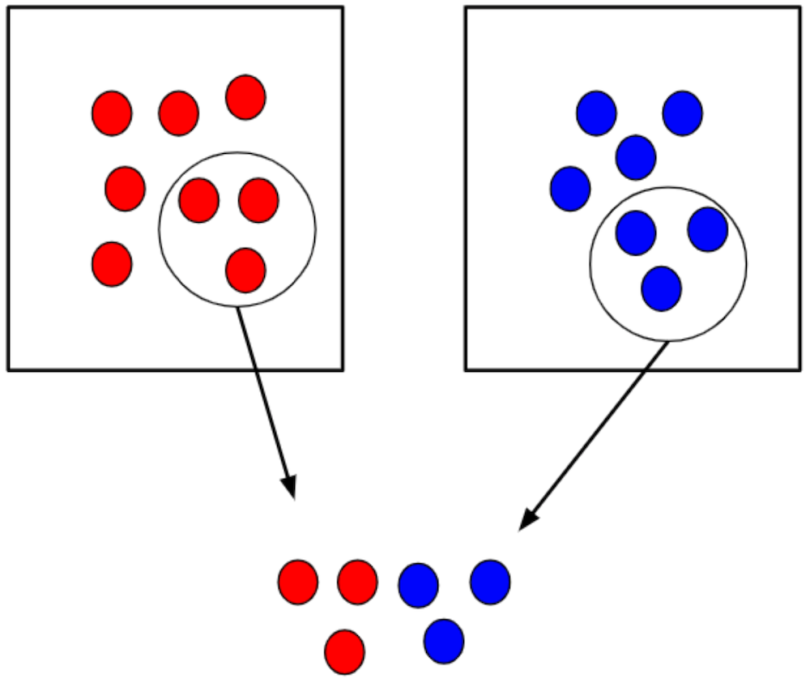Unit 3 AP Stats
1/33
There's no tags or description
Looks like no tags are added yet.
Name | Mastery | Learn | Test | Matching | Spaced |
|---|
No study sessions yet.
34 Terms
Population
All subjects of interest
Sample
A smaller subset of the population
Observational study
No treatments are administered
Two kids of observational studies
Retrospective- Looking at past and current
Prospective- Following a sample of current subjects
What does it mean for something to be representative?
It diversely represents a population, meaning that you can generalize the results.
Random selections vs. assignment
Random selection- Used in studies
Random assignments- Used in experiments
Causal associations vs. relationships
Causal association- Determined by studies
Causal relationships- Determined by experiments.
Sampling w/o repetition
Subjects are/aren’t counted more than once, everyone has an equal chance of being selected
Simple random sample
Everyone has an equal chance of being selected.
What is the calculator function for simple random samples?
Math —> Prb —> 5: randInt
Stratified random sample
Subjects are grouped homogeneously, then certain individuals are selected.

Cluster sample
Subjects are grouped heterogeneously, and a certain number of clusters are selected.
Systematic random sample
Starting from a random point, pick every nth person from there.
Bias
When a certain resopnse is systematically favored over another
Voluntary response bias
Anyone can respond to a survey, so responses skewed to the extremes are more likely to be present.
Undercoverage bias
Part of the population has a reduced chance of being selected. (i.e if you survey households, homeless people are much less likely to be represented.)
Nonresponse bias
Everyone has equal opportunity to respond, but some people choose to not respond (usually due to sensitive content)
Response bias
Confusing or misleading questions cause bias, either that or self-reported responses.
Experimental units
Objects of study
(Humans are called subjects/participants)
Explanatory variable
The treatment being administered
Response variable
The symptoms being measured
Confounding variable
Something that can affect the response v., but isn’t the explanatory variable.
How do confounding variables affect experiments?
They make it so you cannot determine a causal relationship.
What are 4 aspects of a well-designed experiment?
2+ treatment groups
Patients are randomly assigned to treatment groups
Replication
Controlling confounding variables as much as possible.
Control group
Experimental units not receiving any new treatment.
Single blind
Only one group is unaware as to what treatment is being administered.
Double blind
Neither the experimental units nor the people conducting the experiment know what kind of treatment is being administered.
Placebo
Something that is physically identical to the treatment but does not offer any actual treatment.
Blocking
Separating subjects into specific groups based on shared characteristics they have, in order to eliminate confounding.
Matched pairs design
Subjects are put in pairs, and each unit within it gets a different treatment.
What are the three types of experiment design?
1- Completely randomized
2- Randomized blocks
3- Randomized matched pairs
Is bias involved with experiments?
No
Statistical significance
Results are significantly different enough to prove a causal relationship, the result is not just a pure coincidence.
Statistical Inference
Observations from a sample can be applied to a different group.